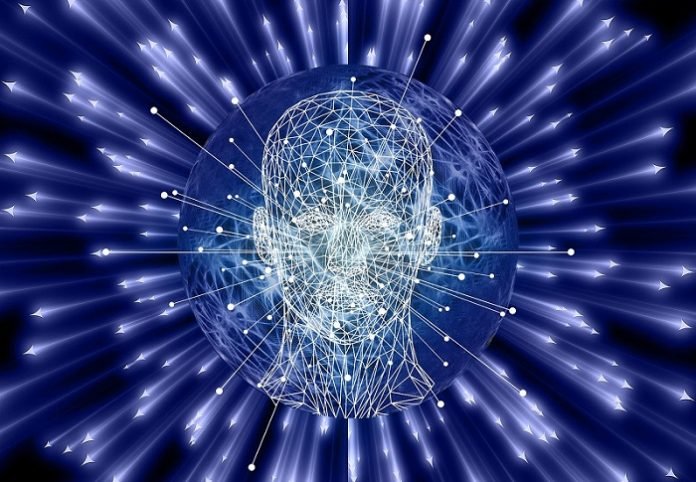
In a new study, researchers applied new techniques to modify brain activity.
Not only are these techniques used to characterize and study complex networks such as in telecommunications or social networks — they describe how different nodes, or elements of the network: brain regions in neuroscience, or individuals in social networks, interact with each other.
The research was conducted by a team at The U.S. Army Combat Capabilities Development Command’s Army Research Laboratory and elsewhere.
In the study, the team safely and non-invasively modified brain activity and then characterized the dynamics of the brain’s response to this modification.
This research provides some of the foundational knowledge for future technologies that may one day expedite cognitive processes.
The researchers combined new and different techniques and methods to add to the novelty of their discovery.
The first is neurostimulation, which uses simultaneous transcranial magnetic stimulation and electroencephalography.
This is a type of neurostimulation that causes a changing magnetic field near the scalp, which in turn induces currents into whatever conductive body is next to it.
The electrical current that is non-invasively injected into your brain then disrupts the neural firing at the stimulated region, but it is unclear what kind of downstream non-local effects this stimulation will produce.
They paired this stimulation with EEG, which measures the electrical current emanating from the brain — through the scalp — and inspected the effects of stimulation.
This research supports the lab’s current research in Human-Autonomy Teaming and the goal of providing foundational knowledge products to enable future adaptive teaming neurotechnologies.
This research goes one step beyond this and provides some foundational knowledge that may enable a robot to neurally nudge the brain to perhaps prime an individual for an upcoming task when a particular outcome is needed.
One author of the study is Drs. Javier Garcia.
The study is published in The journal Network Neuroscience.
Copyright © 2020 Knowridge Science Report. All rights reserved.



